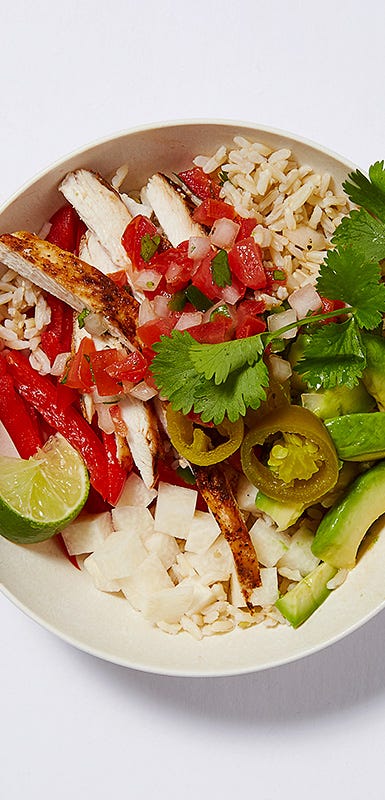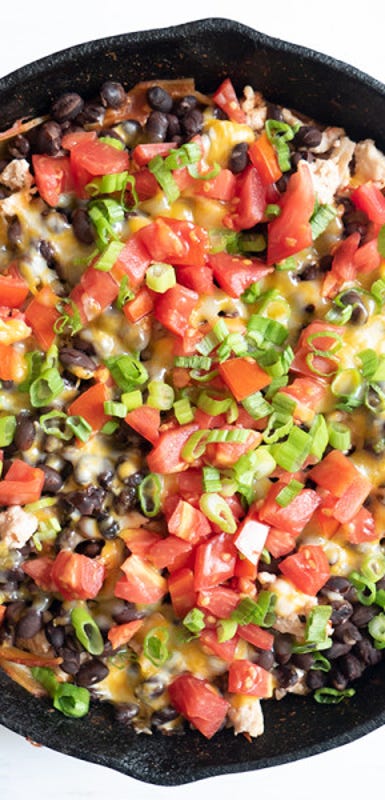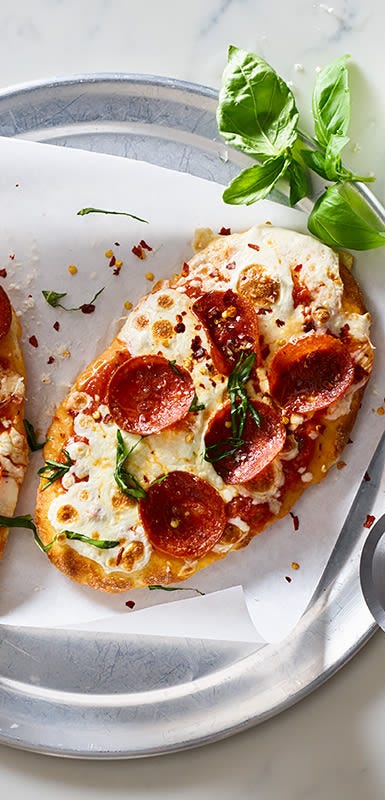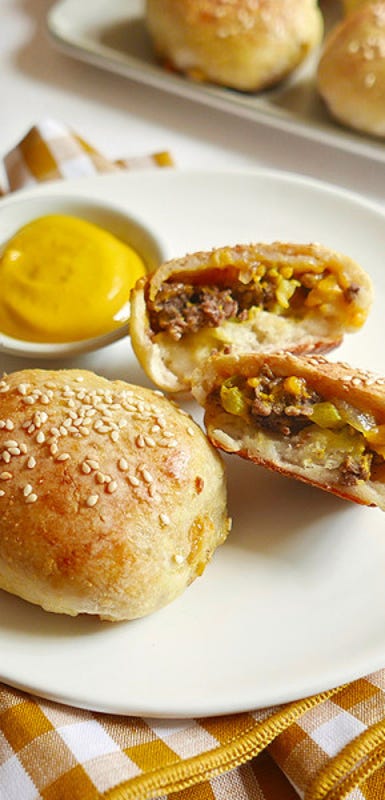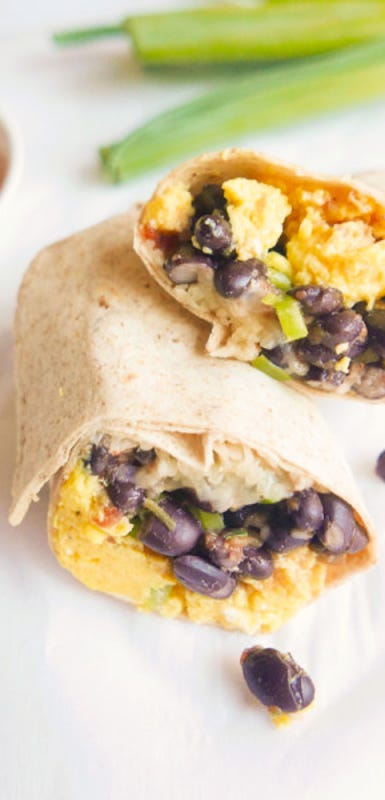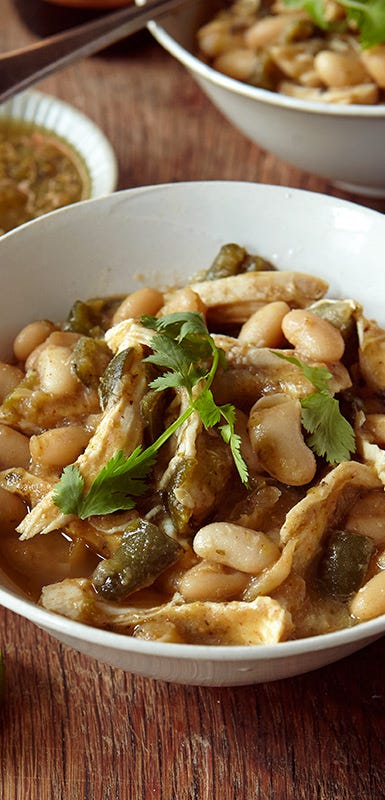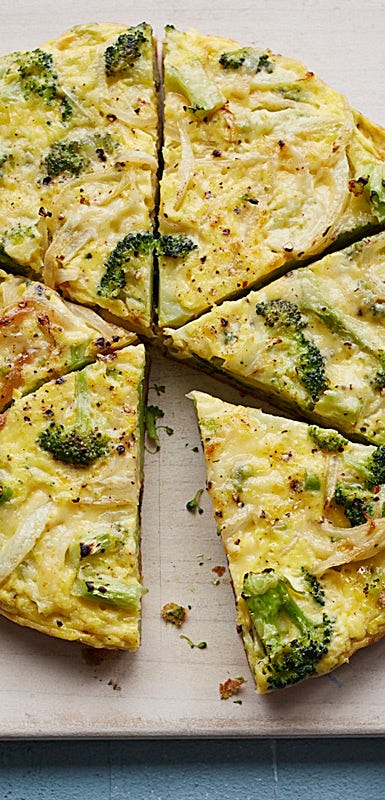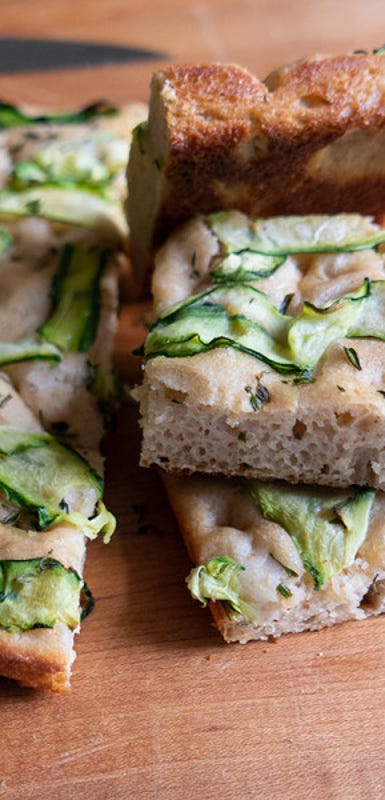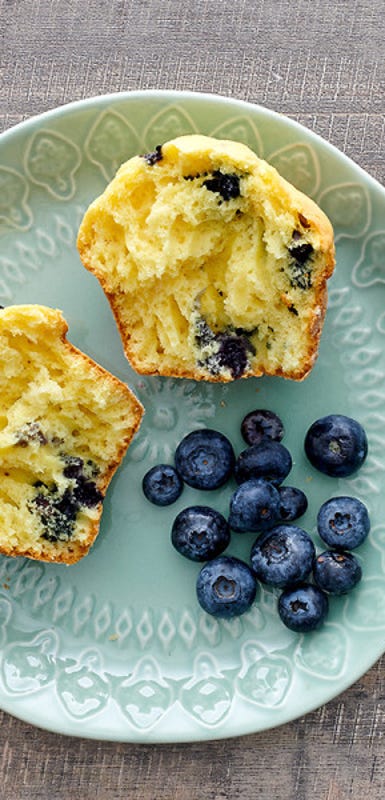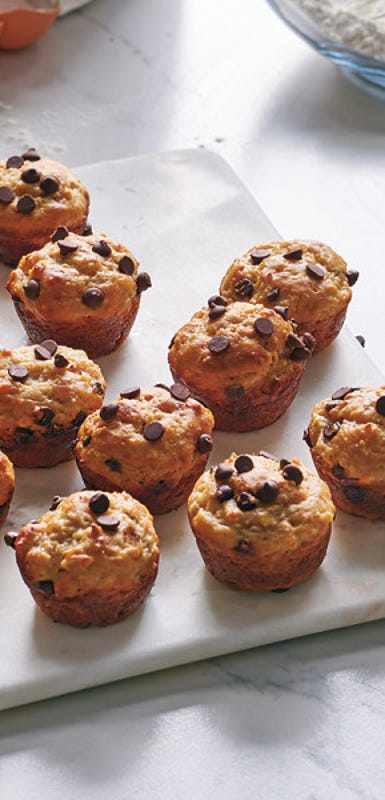Family-friendly meal prep
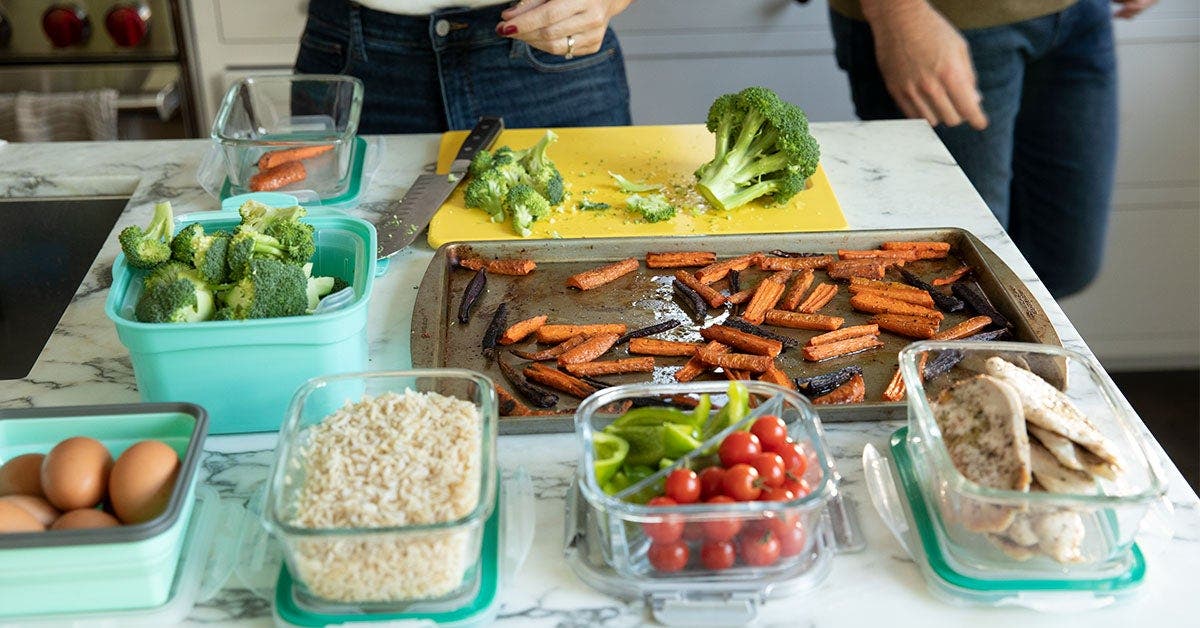
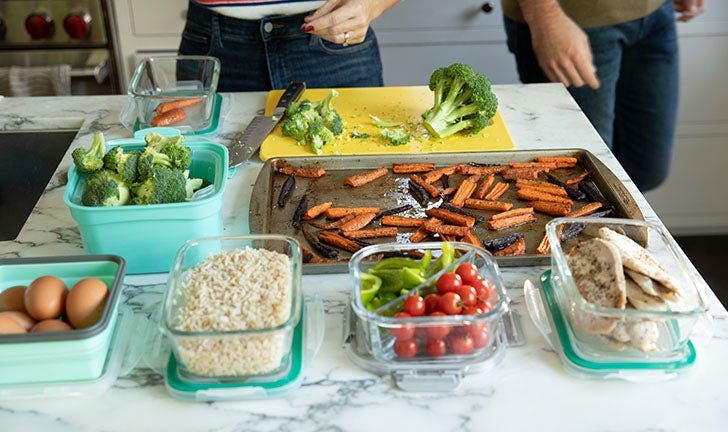
Meal prep is synonymous with health and fitness these days, but if you haven’t done it before, it can be daunting.
Nadia Atzori, WW nutrition and food database specialist, lives and breathes this kind of stuff.
“Meal prepping is something that is either done religiously or is a foreign and frightening concept to individuals,” she says. “However, the notion of preparing [food] ahead of time to save time and money and as a means for eating healthier is a trend that has been around for quite some time, but has gained popularity in more recent years. Social-media accounts are dedicated to the art of meal prepping and there is the ever so popular #mealprep on Instagram.”
At the same time, Atzori says, navigating the world of meal prep can feel like a never-ending maze. But she has loads of tips, tricks and hacks to make meal prep a breeze.
- Start small: “Meal prepping can be daunting and overwhelming,” Atzori says. “Where do I start? What do I make? My recommendation is to start by planning two to three meals or snacks for the week ahead. This way you will figure out what strategies work best for you and your family.”
- Get organized: “An organized pantry, fridge and freezer make meal prep, grocery shopping and planning a far easier task. It is easier to know what you want to make if you know what you have/what you need.”
- Stock up: Atzori suggests having staples on hand, things like whole grains, legumes, potatoes, dried fruit, mixed nuts, flour, and canned goods such as tuna, tomato sauce, and stock or broth.
- Make time and plan ahead: Atzori recommends taking 10 or 15 minutes once a week to make a meal plan and a shopping list for the week ahead, then setting aside a few hours one or two days a week to cut up ingredients, portion out snacks and cook meals ahead.
- Ask for help: “Meal prep should be fun and can be something that the whole family gets involved in,” Atzori says. “Ask a spouse and kids what their favourite meals are, favourite foods and use that to build inspiration for a meal plan. Kids can also be involved in preparing meals or pre-portioning snacks.”
- Get the tools: Some of Atzori’s favourite meal prep tools include resealable bags, lots of BPA-free, leak-proof, stackable containers, and a slow cooker, crock pot or Instant Pot® if you need to save time on cooking.
- Mix it up: “If you’re planning on extending a meal for a few days, add variation to overcome mealtime boredom,” Atzori says. “Try turning a tuna salad into a sandwich, [or adding] chicken and veggies to a flatbread to make a pizza.”
- Pre-portion and batch-cook: Lots of things can be cooked in batches, she says – everything from quinoa and rice to soups and stews to casseroles, cooked meats, and pizza. And pre-portioning meals ahead of time can make it easier to grab and go – and it makes tracking a breeze.
What if not everybody in the family eats the same?
If you and the other members of your household eat differently, fear not! Meal prep can still be beneficial, especially if you make meals that are versatile with swappable ingredients – that way they can serve family members who are on WW and those who aren’t, or those who are vegetarian or lactose intolerant and those who aren’t.
For Atzori, themed meals are a great solution.
“This is a great way to get the family excited about the meals for the week ahead" she says
Some of her favourites include Mediterranean pizzas and frittatas, which are completely customizable; Tex-Mex bowls that can have all sorts of ingredients swapped in and out; chili, which you can make chock-full of veggies; and wraps, which can be made with lettuce or tortillas depending on preference. Deconstructed meals are another way to serve multiple dietary needs, with things like deconstructed burger salads and burritos.
Amanda A. Kostro Miller, RD, LDN, who serves on the advisory board for Fitter Living, has another idea: She suggests making versatile “meal boxes” – and it’s something the whole family can do together.
“One of my favourite ways to meal prep, especially for lunches, is to make a healthy, protein-rich meal box. These are made with several food items that are all healthy on their own, but pair together for a complete meal,” she says.
She suggests items like hard-boiled eggs, canned or packaged tuna/salmon/chicken, fresh fruit, raw veggies and dip, nuts or nut butter, whole grain bread or crackers and dark chocolate.
“So, if you’ve got a family with all sorts of dietary needs and preferences, you can have six to eight choices out on the table, and everyone adds whichever five healthy foods they want in their meal box,” Kostro Miller says. “The key is to have a variety of healthy choices.”
For anyone getting into the meal prep game, Atzori reminds them to have patience – it can take a while to find your rhythm.
“Meal prep always looks so simple, easy, is full of fun colours and cute containers on Instagram, but it doesn’t always play out the same way for real life people and families,” she says. “There is no one-size-fits-all for family-friendly meal prepping.”
She adds that it can take weeks or even months to figure out a routine and meal-time favourites. “Don’t get discouraged,” she says. “Put your chef hat on and charge through with optimism.”

